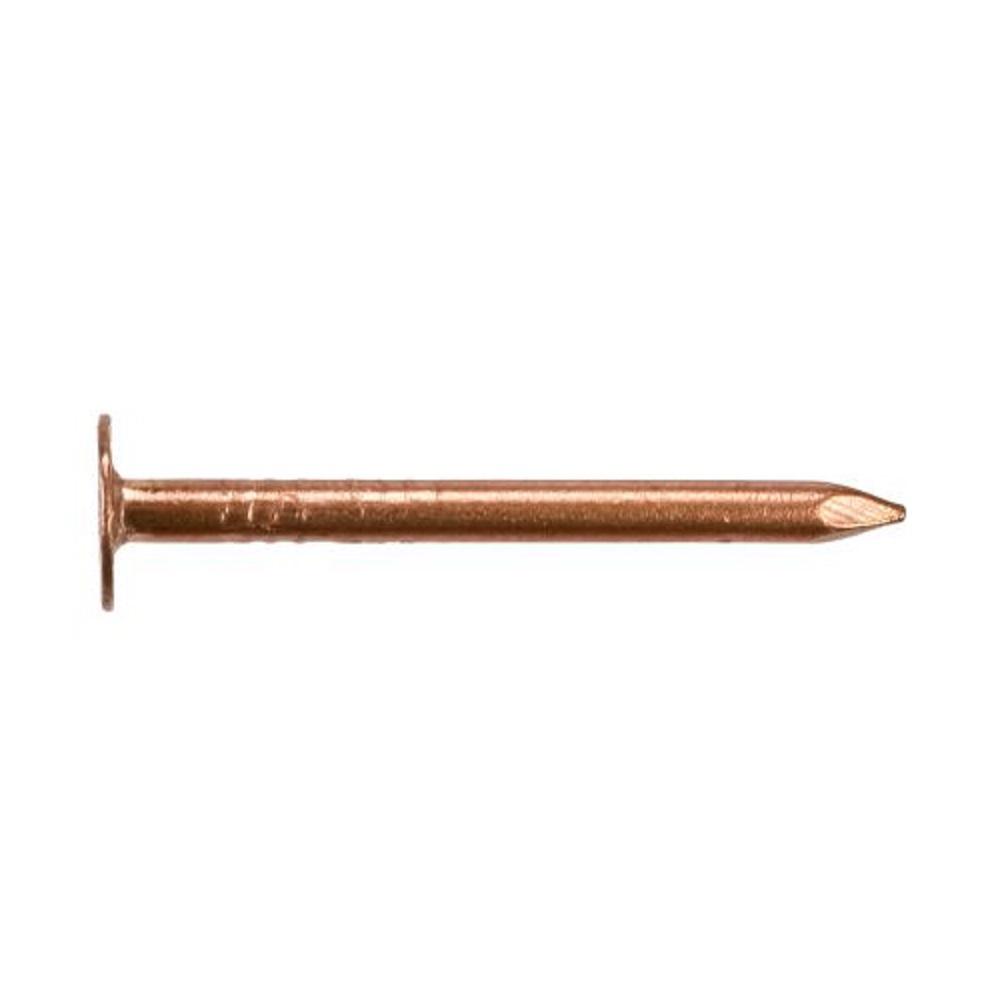Use them to build frames for walls floors ceilings and roofs.
Roofing nails used to secure drywall.
In most cases securing drywall will require fewer screws than nails.
To nail a 3 4 thick wooden shelf support to drywall you should use nails no shorter than 3 4 1 2 1 1 2 2 1 2 to 3.
1 5 8 course thread drywall screws is what we use.
If you are attaching something with nails through drywall or other soft wall covering such as homasote rigid insulation or corkboard the thickness of the wall covering should be added to the optimal nail length because these materials do not offer much additional holding power.
Double nailing panels will help minimize the occurrence of nail pops.
Drywall nails should be used on the perimeter of the sheets and screws in the field of the sheet.
Common nails are standard heavy duty nails for wood framing and other structural work.
You can also use ring shank nails instead of screws to.
Roofing nails have a wide nailhead to keep house wrap sheathing and.
Nails should only be used with wood studs.
Ring shank nails often used with softer woods like plywood and shingles provide a tighter more permanent grip than smooth shank nails.
The most widely used sizes of common nails are 16d 10d and 8d.
Roofing nails are designed to be covered by a thick coat of tar not water soluable.
Copper clout nails and annular ring clout nails are mostly used for roofing tiles and slates.
As a general rule if you re building with two by 1 1 2 inch thick lumber you should be using common nails.
When working with 1 2 inch drywall panels use 1 1 4 or 1 3 8 inch nails or screws.

